SLATE FLOORING | An Architect Explains
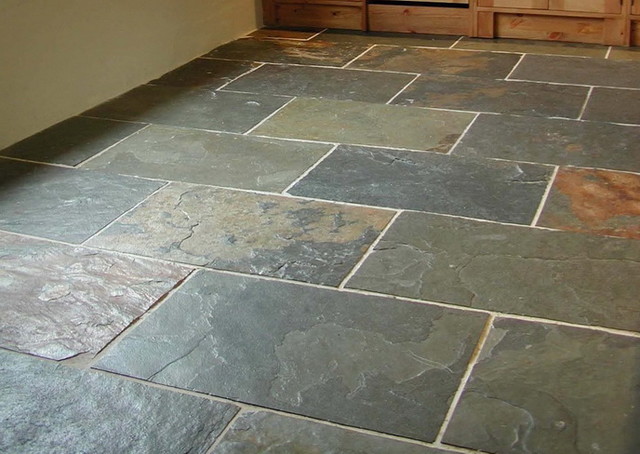
Slate has both advantages and disadvantages. It is useful to know the characteristics of slate, its usability and suitability as a flooring option. As an Architect, I have described Slate along with it’s features under the following headings so that you can decide whether it is suited for your requirement and your space:
What are the characteristics of Slate?
What are the advantages of Slate flooring?
What are the disadvantages of Slate flooring?
Where is Slate flooring best suited?
WHAT ARE THE CHARACTERISTICS OF SLATE?
- Origin: Slate is quarried from mines. Ninety percent of Europe’s natural slate originates from Spain. China and Brazil too have vast slate deposits.
- Composition: Slate is a metamorphic rock derived from an original shale-type sedimentary rock composed of clay or volcanic ash through low-grade regional metamorphism. It is mainly composed of quartz and muscovite.
- Physical properties: Slate is a fine-grained, foliated, homogeneous stone and extremely durable. It is a good electric insulator and fire proof.
WHAT ARE THE ADVANTAGES OF SLATE FLOORING?
- Beautiful: Slate has a subtle, natural beauty.
- Timeless: Slate resists fading and can remain as beautiful as the day it was laid even after many years.
- Durable: Properly installed slate tile floors last virtually forever.
- Hygienic: Slate is hypoallergenic, bacteria resistant and highly resistant to water/moisture making it a hygienic choice for flooring.
- Frost resistance: It’s low tendency to absorb water also makes it very resistant to frost damage and breakage due to freezing.
- Wide range of natural colours: The elements that make up slate, including silt, clay and fossil material often create striking blends of colours such as shades of green, deep reds, black and hues of grey.
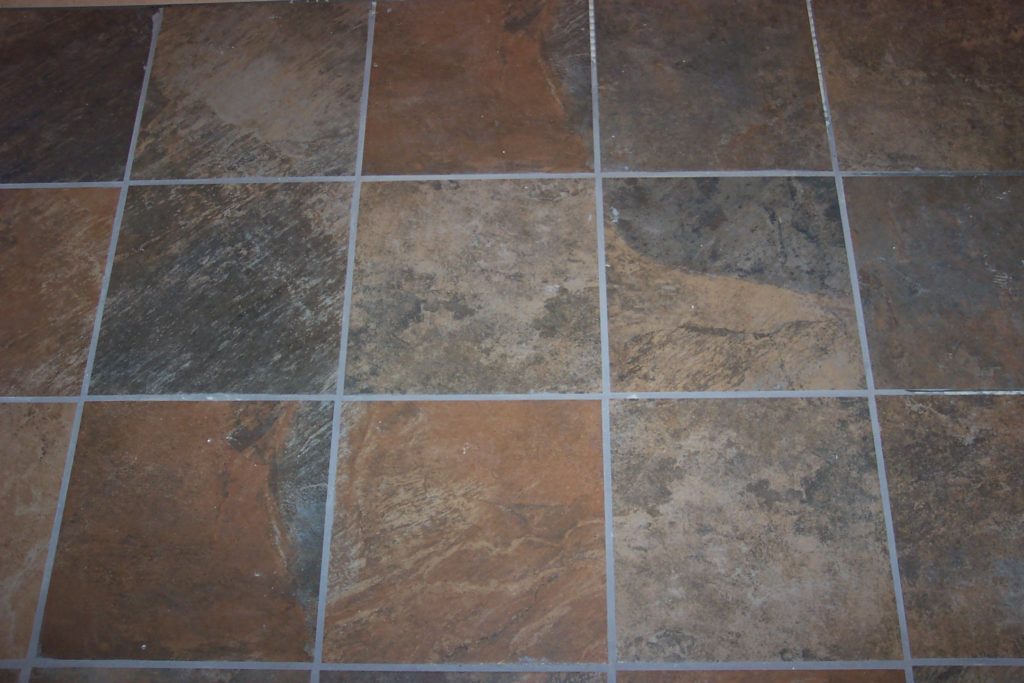
WHAT ARE THE DISADVANTAGES OF SLATE FLOORING?
- Expensive: Slate is more costly than man-made flooring materials as it has to be mined, polished and installed by experts.
- Difficult to repair: Once broken, Slate cannot be repaired and the broken tile should be replaced.
- Slippery: Slate is extremely slippery when it is wet.
- Porous: Slate requires regular sealing as it is porous. Otherwise, it will attract stains and dirt.
- Stains: Slate gets stained by acidic substances, wines and oil if not wiped immediately. But unlike Marble, the strong bonding of the Slate elements, prevents liquids from permeating the surface of the slate tile, keeping the stain on the surface of the floor.
- Scratches: Slate is soft and hence takes scratches more easily than Granite.
- Visible joints: Slate tiles are not available in large sizes and cannot be laid with paper-thin joints. Hence the joints are very visible.

WHERE IS SLATE FLOORING BEST SUITED?
As slate offers good durability, it is recommended for indoor flooring and specialty uses like tabletops and cladding. But it’s most popularly used as a roofing material since it has an extremely low water absorption index and resistance to breakage due to freezing. However, it is not used as exterior flooring in places subjected to rain, as Slate is very slippery when it is wet. Kota or Terrazzo are better alternatives in such places.
For information on other flooring options, go to:
- Flooring | Natural Material Options
- Flooring | Man-made Material Options
- Flooring | Resilient Material Options
READ MORE:
In order to get a rough idea of the suitability of a particular flooring for your requirement and to make a fair comparison of the different types of flooring, refer to an Architect’s rating of the various kinds of flooring on my blog: House construction in India
If you found this post useful, all it takes is a simple click on the “pin it” “like,” “share,” “tweet,” or Google+ buttons below the post.

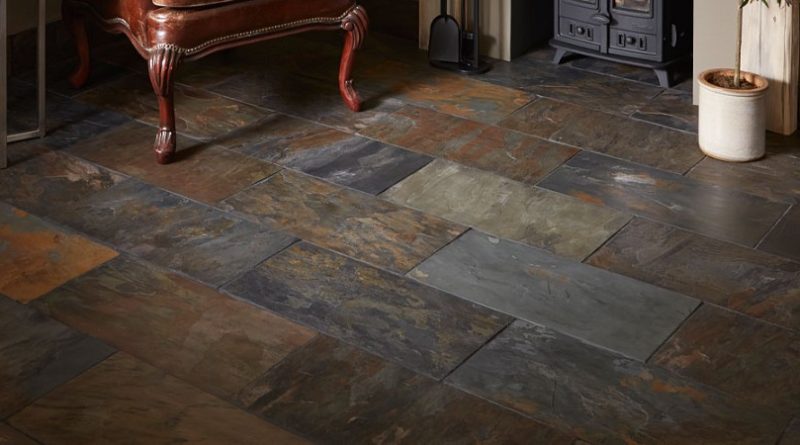
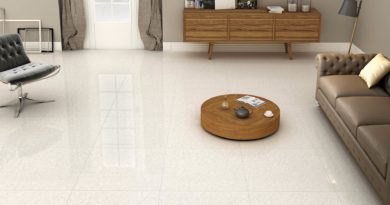

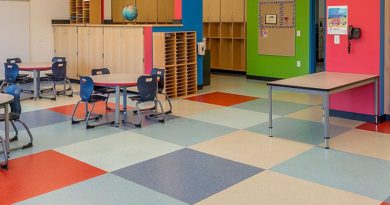
Thank You for Sharing. Very Useful and informative.
Hi,
Thank you for the appreciation
Admin